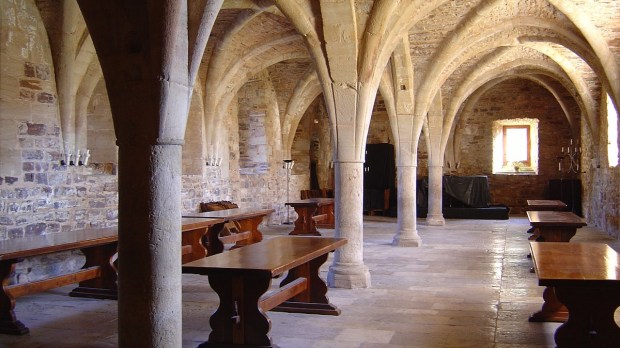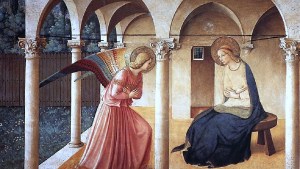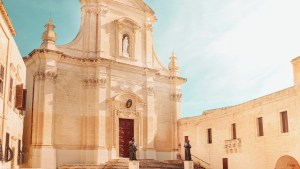During the Middle Ages, monks across Europe spent hours working in candle-lit writing rooms transcribing ancient texts, effectively ensuring the preservation of Western culture for posterity. Different monastic orders had slightly different scriptoriums, from cell-sized rooms to chanceries.
Writing rooms were especially important for Benedictine monasteries because of St. Benedict’s commitment to supporting literacy activities. The scriptorium, meaning “place for writing” in Latin, was a place where texts were copied and illustrated with illuminations. Usually, a scrivener copied the text of a book and an artist painted the illuminated pictures and decorations.
All of this was done by hand in a painstaking process that would take months. This delicate labor was aimed at the preservation of ancient texts, which would otherwise have gone missing due to wear and tear or to attacks from Barbarian troops. It is thanks to the hours spent in often cold and poorly lit writing rooms that Latin and Greek classics made it to our present day.
As noted by medieval historian Sara Charles in her essay about scriptoria, we usually think of the scriptorium as a dark room with rows of monks hunched over pieces of parchment, an image partly created by the description of the
in Umberto Eco’s novel The Name of the Rose.In reality, each monastery had its own style when it came to the writing room. As Charles notes, the few visual representations of scribes that have made it to our present day show scribes pictured individually rather than in a group, suggesting writing rooms were often no more than a single cubicle where scribes would work away at their small desk.
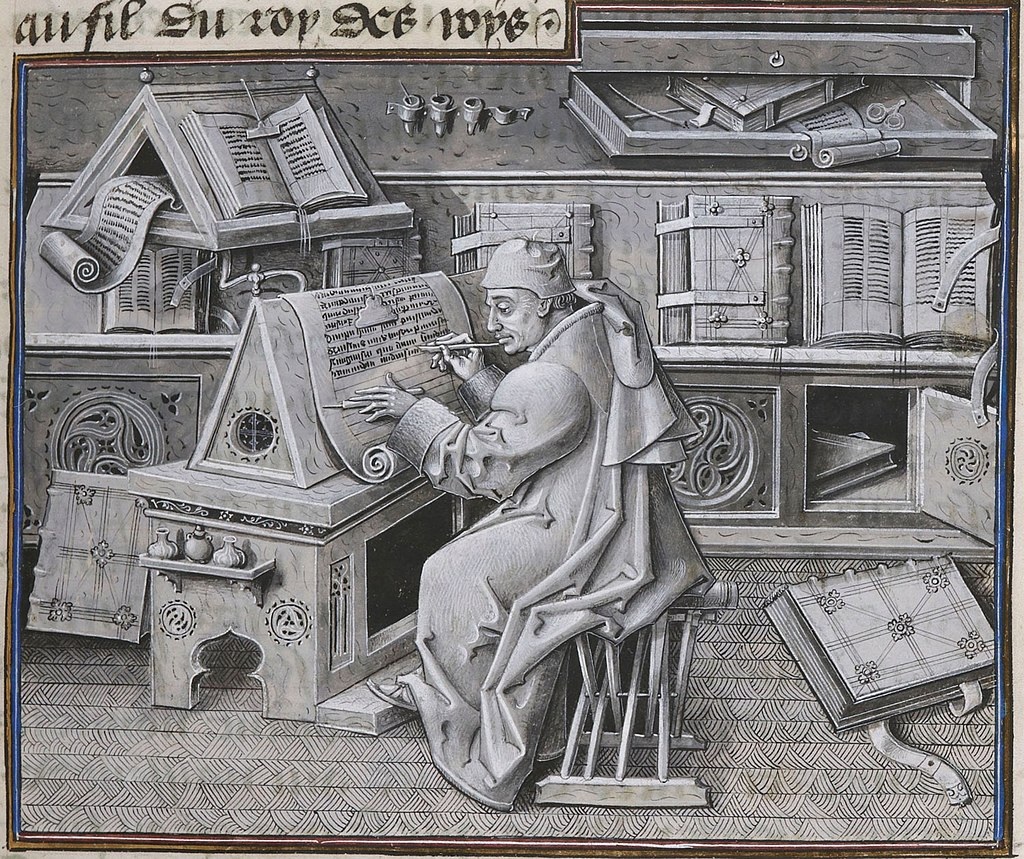
Architectural plans can sometimes offer some insight into the way writing rooms used to work. The plan of the Monastery of St. Gall, in Switzerland, shows a scriptorium situated below the library. It appears as a room with multiple desks, with a large table in the center and seven desks on either side of the windows. This position, Charles notes, would have maximized exposure to natural light coming from the window. This writing plan probably inspired Eco’s in his own depiction of a scriptorium in The Name of The Rose.
The Benedictine scriptorium was usually an open corridor adjacent to the central square of the cloister or a closed room located near the kitchen — a location that allowed in heat from the stoves to warm up scribes. It could usually accommodate up to 12 monks.
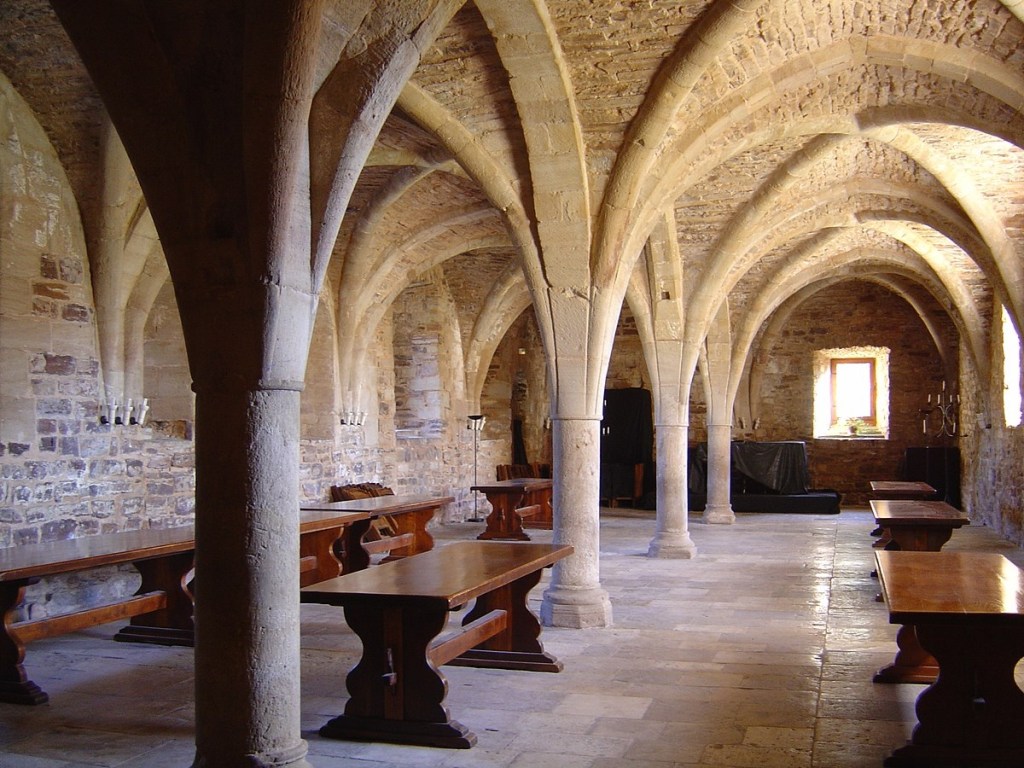
For example, the writing room of the Benedictine monastery of Montecassino in Italy had multiple desks where scribes were zealously copying ancient works, including writings from St. Augustine and Cicero. Writing rooms of the Carthusian order, however, reflected the order’s emphasis on solitude. Monks worked in single cells that were equipped with parchment, inkwell, quill, and a ruler.
Some scriptoria survive to our day and offer insights into the way monastic orders organized rooms for copying and writing. The writing room in the 1st-century church of San Giovanni Evangelista in Rimini, central Italy, was composed of paired one-meter deep rectangular chambers flanking the apse, accessible from each aisle. In comparison, the writing room of the 6th-century monastery of Vivarium near Squillace in southern Italy had multiple desks where monks could sit and copy texts, as well as a sundial, a water clock, and a “perpetual lamp,” a lamp that supplied itself with oil from a reservoir.
What all of these scriptoria have in common is the decision by monks to dedicate a room solely to the purpose of reading, copying, and illustrating ancient texts. At a time when Barbarian invasions were clearing away texts that were associated with the Roman empire, the work of monks in writing rooms effectively preserved Western culture for posterity.
